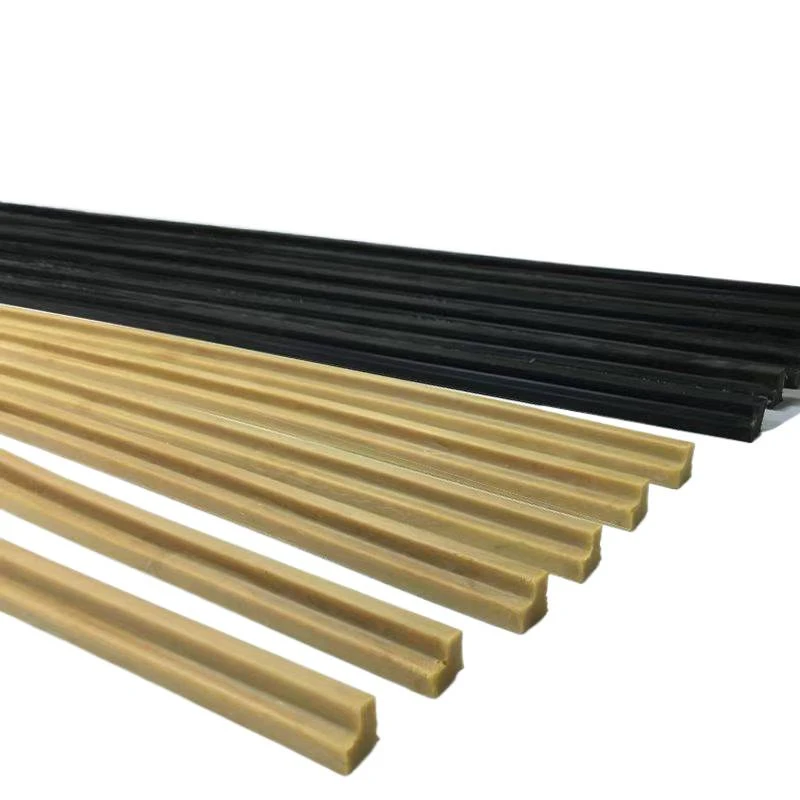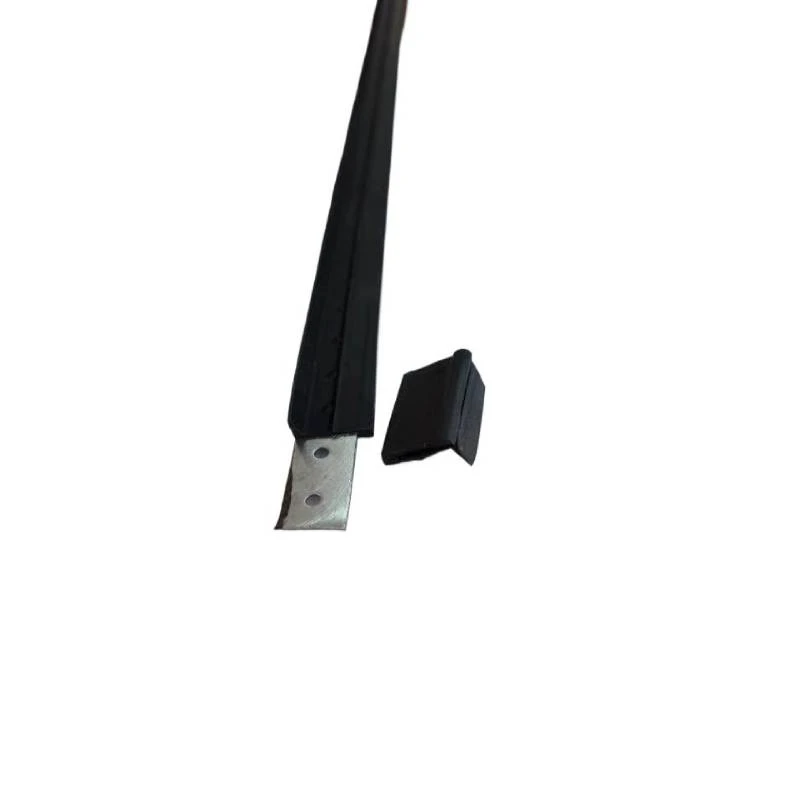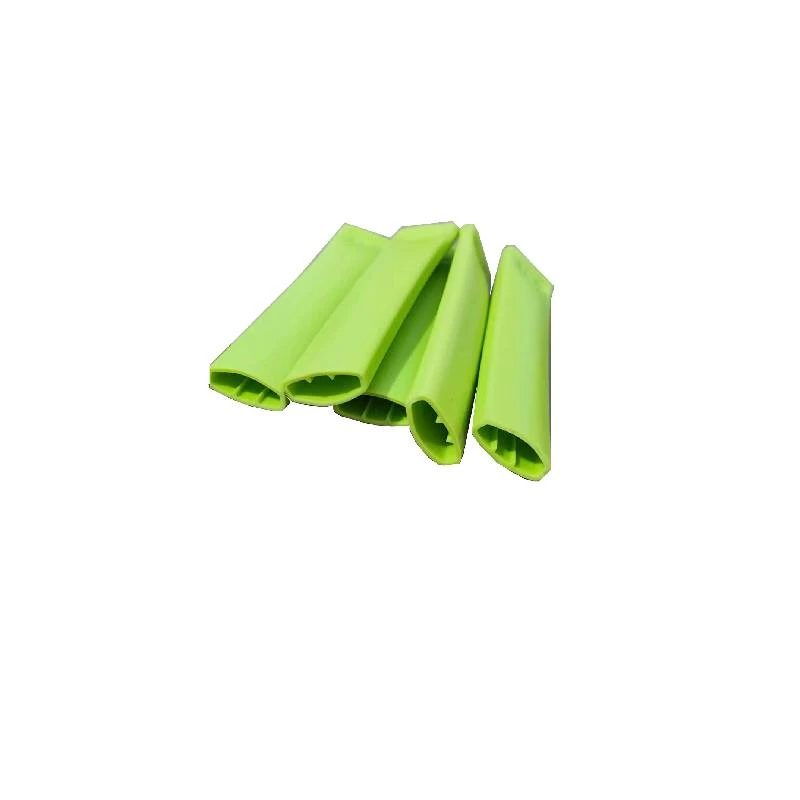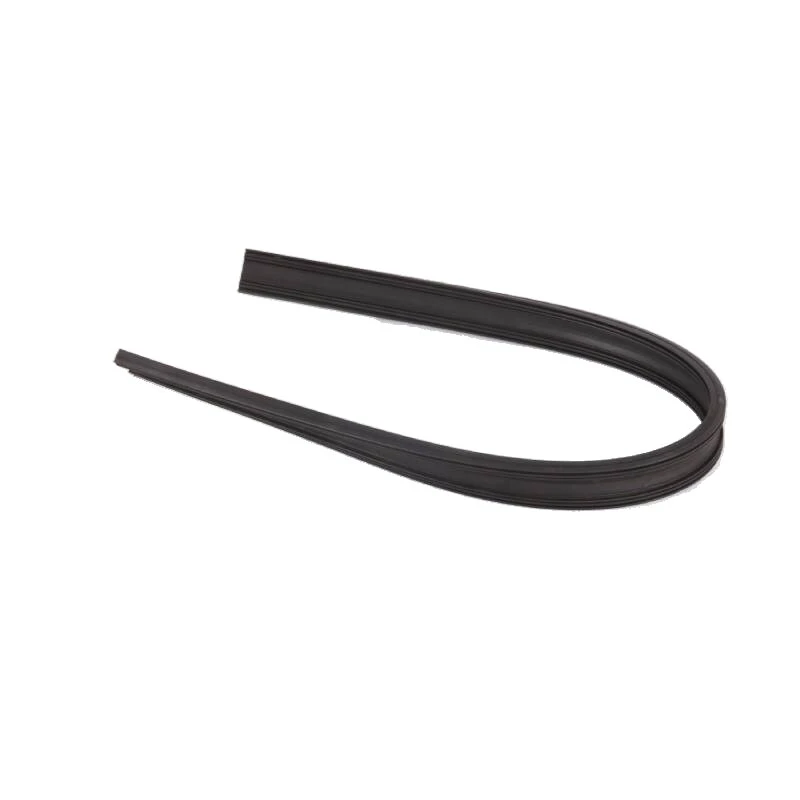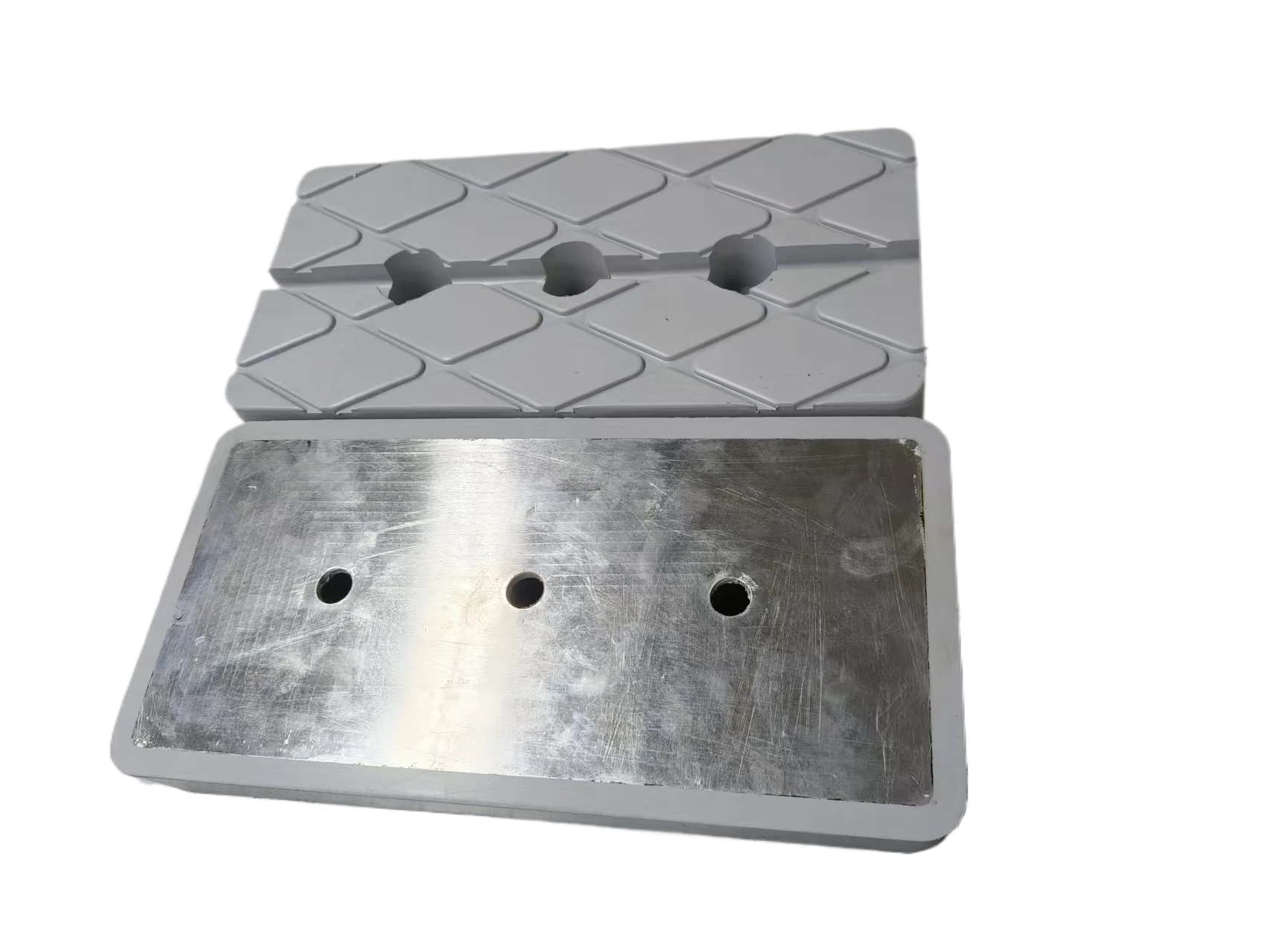Rubber Cover Caps - Durable Sealing, Custom OEM Protection
A Practical, Field-Tested Look at Rubber Cover Caps
I’ve spent enough time around factories to know that the smallest parts can cause the biggest headaches. Caps, plugs, those humble protectors that keep threads clean and hands safe—when they’re right, nobody notices. When they’re wrong, line downtime follows. That’s why specifying Rubber Cover Caps has quietly become a strategic decision in automotive, electronics, and even furniture hardware.
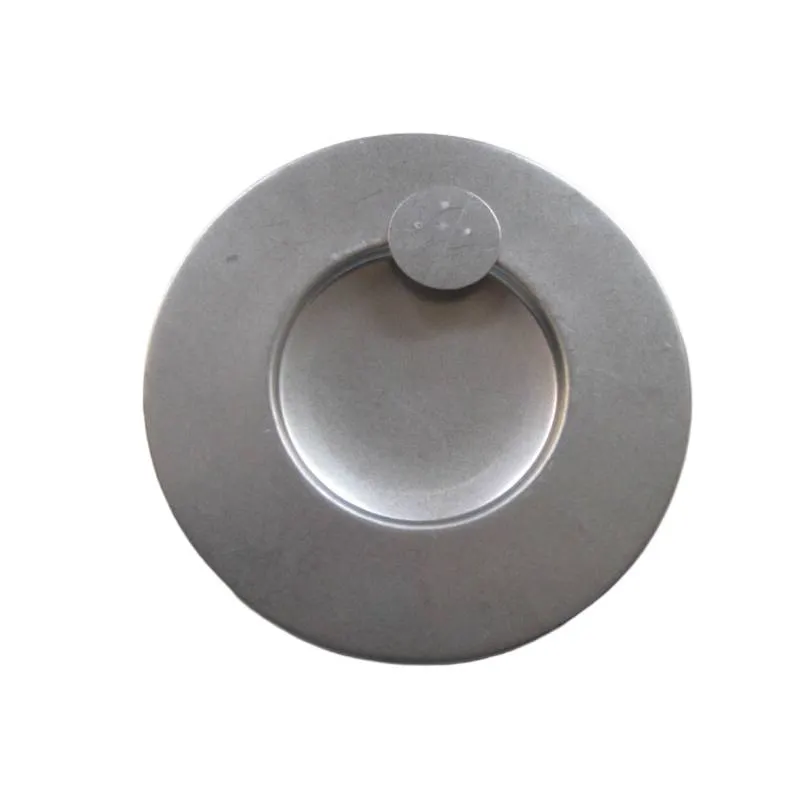
What’s driving demand right now
Three trends keep coming up in buyer calls: faster design cycles, cleaner assembly (fewer finishing steps), and certifications. Many customers say they need caps that handle wider temperature swings, pass IP splash tests, and meet RoHS/REACH—without exotic pricing. It sounds simple; in practice, it’s a puzzle of material, geometry, and process.
Materials and technical specs (real-world, not just lab)
| Parameter | Typical for Rubber Cover Caps | Notes |
|---|---|---|
| Material | EPDM, Silicone, NBR, PVC (soft) | EPDM for weather/ozone; Silicone for heat; NBR for oils |
| Durometer (Shore A) | ≈ 50–80A | ASTM D2240 [7]; ±5 typical tolerance |
| Operating Temp | EPDM: −40 to +125°C; Silicone: −60 to +200°C | Real-world use may vary with media exposure |
| Tensile / Elongation | 7–10 MPa / 200–400% | ISO 37 [2]; lot-to-lot variability ≈ ±10% |
| Compression Set | 20–30% @ 70°C, 22h | ASTM D395 [8]; impacts retention over years |
| Ingress Rating | Up to IP66/67 with correct fit | IEC 60529 (IP Code) [6]; fit is everything |
| Compliance | RoHS, REACH; optional UL 94 | Check specific compound; UL 94 V-0 silicones exist [3][4][5] |
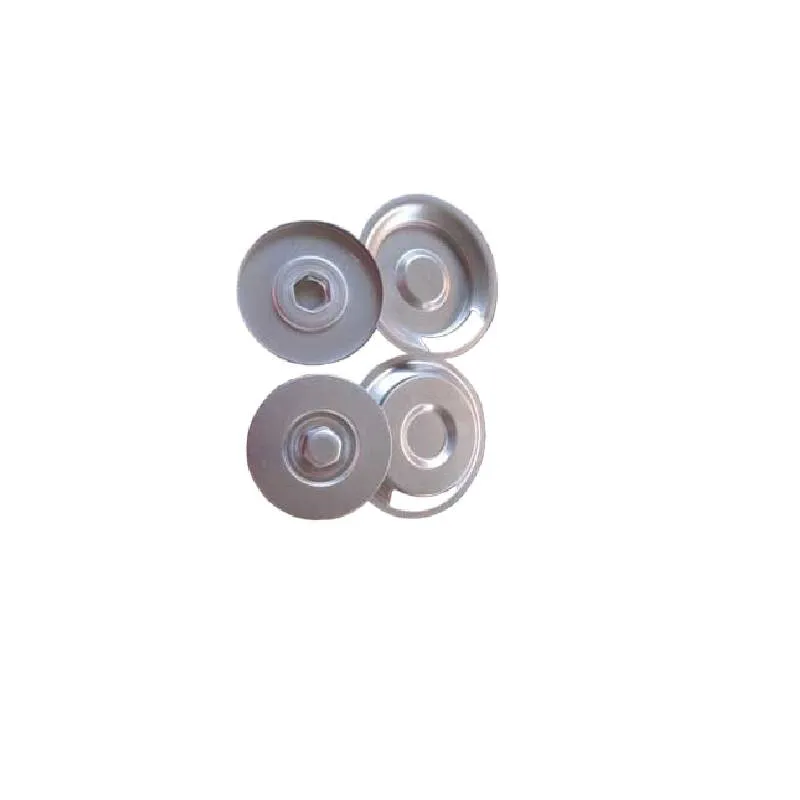
Process flow that actually works on the shop floor
- Application review: thread/edge geometry, pull-off force targets, media (oil, UV, solvents).
- Material selection: ASTM D2000 line callouts for EPDM/NBR; silicone grades for heat [1].
- Mold creation: DFM for draft, internal ribs, and pull tabs; gate/vent tuning to avoid knit lines.
- Production: compression or injection molding (for tight tolerances) with in-line visual checks.
- Testing: Shore hardness [7], tensile/elongation [2], compression set [8], ozone resistance [9], and IP spray/immersion [6].
- Service life: around 5–10 years outdoors (EPDM), longer for silicone in high-temp enclosures.
A note on vendors: at No. 228 North Street, Gaobeidian City, Hebei Province, FY Gasket runs an end‑to‑end operation—from mold creation to final delivery. They’re known for metal and plastic too (handy when your BOM mixes materials), which, to be honest, streamlines procurement.
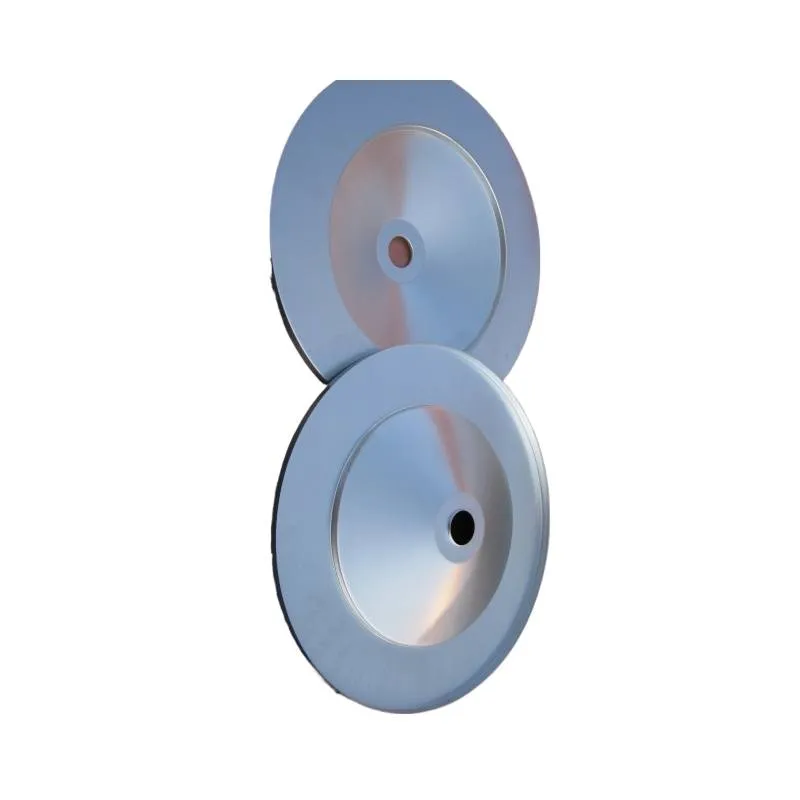
Who uses Rubber Cover Caps and why
- Automotive: protect paint and threads in e‑coat; withstand bake cycles.
- Electronics: IP-rated jack covers and terminal protection during shipping.
- HVAC/Plumbing: dust and moisture barriers on valves and flare fittings.
- Furniture/Fixtures: clean finish on tube ends; anti-scratch feet.
- Medical devices: silicone caps for sterilizable assemblies (verify biocompatibility).
Vendor comparison (field-notes summary)
| Vendor | Lead Time | MOQ | Tolerances | Certs | Notes |
|---|---|---|---|---|---|
| FY Gasket (Hebei) | ≈ 2–4 wks tooling; 1–2 wks prod | Flexible | Tight; PPAP on request | RoHS/REACH; UL options | End-to-end; good for mixed metal/plastic |
| EU Specialist | 3–6 wks | Low–Medium | Tight; extensive docs | Wide portfolio | Premium pricing; fast reps |
| Marketplace Supplier | 1–3 wks | Very low | Variable | Claim-based | Great for prototypes; verify compounds |

Customization tips (from too many RFQs)
- Specify durometer and pull-off force (e.g., 25–40 N) together; they’re linked.
- Add internal ribs for tolerance forgiveness on powder-coated studs.
- Use color coding for assembly cues; laser mark or mold-date where traceability matters.
- Consider pull tabs for gloves-on removal; tiny UX wins reduce takt time.
Mini case study
An automotive assembly line struggled with thread contamination during e‑coat. Switching to EPDM Rubber Cover Caps (Shore 60A) with a shallow internal rib cut defects by ≈ 70% and shaved 12 seconds from rework per chassis. IPX5 splash testing held, and compression set stayed under 25% after four bake cycles—modest changes, big payoff.
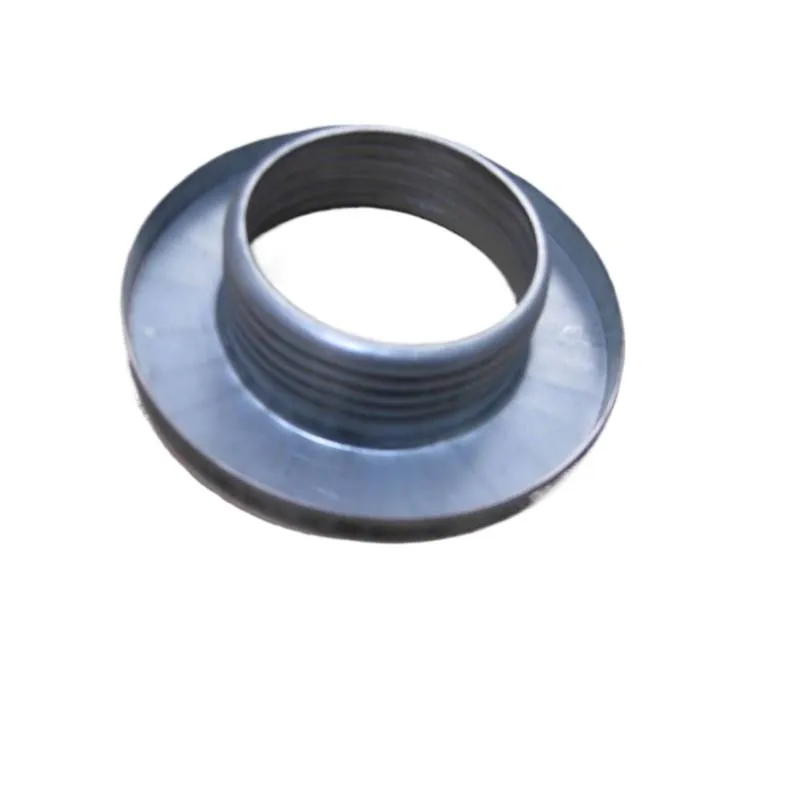
Quick takeaway
Get the compound right, define retention targets, and insist on test data. The rest—mold finesse, ribs, tabs—is refinement. It seems obvious, but in fast-moving builds, these details keep schedules honest.
Authoritative citations
- ASTM D2000: Standard Classification System for Rubber Products
- ISO 37: Rubber, vulcanized or thermoplastic — Tensile stress-strain
- UL 94: Flammability of Plastic Materials
- RoHS Directive (EU)
- REACH Regulation (ECHA)
- IEC 60529: IP Code
- ASTM D2240: Shore Durometer Hardness
- ASTM D395: Compression Set of Rubber
- ASTM D1149: Ozone Cracking of Rubber
-
Plastic Pelton Wheel – Lightweight, Cost-Effective Hydropower SolutionsNewsNov.24,2025
-
Durable and Cost-Effective Plastic Sheave Wheels for Modern IndustryNewsNov.24,2025
-
Plastic Spoke Wheel – Lightweight, Durable Wheels for Global Mobility SolutionsNewsNov.24,2025
-
Plastic Stem Casters: Durable, Cost-Effective Mobility Solutions for Every IndustryNewsNov.24,2025
-
Plastic Wheel Roller: Durable, Lightweight Solutions for Modern IndustryNewsNov.24,2025
-
Plastic Wheelchair Wheels: Durable, Affordable Mobility Solutions WorldwideNewsNov.24,2025
-
Small Plastic Casters – Durable, Lightweight Wheels for Global MobilityNewsNov.24,2025




